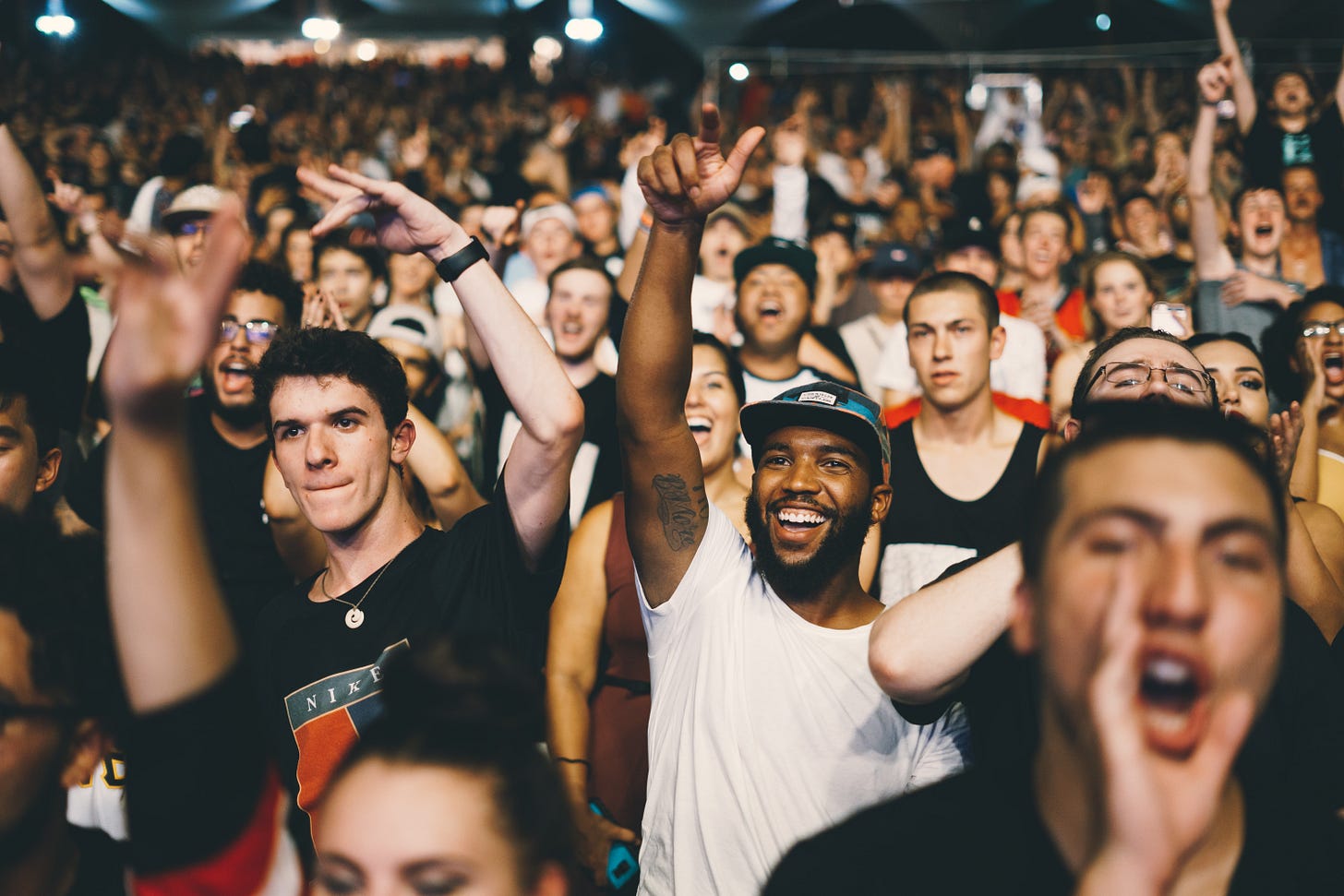
By age 50, 85% of women in the US have given birth to at least one baby. Nearly half the population has had their lives and bodies transformed by this physical, deeply personal, yet shared, experience. It’s a wonder we talk about anything else.
I threw up every day. I ate all the time. I gained so much weight they thought it might be twins! I barely gained any weight. I had genetic testing. We didn’t have ultrasounds back then. I’m seeing a midwife. I have an OBGYN.
When I was pregnant, I hoarded advice and read all the pregnancy and child development books I could find. But, that fetus and I, our bodies carried on with their miracle without any help from my burgeoning expertise. Like all babies, my son was born too young to benefit from my newly fledged child rearing philosophy. All he needed was my body to feed him and keep him warm and safe. And a little help keeping his own body clean and dry. Until he was about eleven years old, my body could still solve some of his problems. In elementary school, he couldn’t sleep in the nights leading up to standardized tests. On those nights, after a required—but brief—restless time alone, he climbed into my bed, leaned against me, feet just past my knees, head at my shoulder, and let the nearness of my body slow his breathing until he drifted off to sleep.
Ordinary physical experiences bond us. We sit down to a meal—nourishing our bodies, and sharing out loud our delight at the taste, texture, bouquet. Our bodies mimic one another in our response to the meal and to each other. We have a drink. I feel my cheeks redden. I see the relaxation in your eyes. We settle in together, tell stories, and laugh. My shoulders come down from my ears. You tell me a secret. In this moment, we are not alone.
The COVID-19 pandemic changed how we bond with each other, and it has largely left our bodies out of the deal. No singing together. No high fives. No eating together. No hugs. No gasping with other moms as our kids try to break their necks at the trampoline park.
The new physical experiences the pandemic brought in their stead left us very much alone. People lived alone. People died alone, unable to breathe. People grieved alone, unable to breathe.
My friend texted me when he came home from the hospital. Talking exhausted him. With every breath his lungs crackled like rice krispies meeting milk. If he tried to breathe deeply, he felt a match burning a spot in his lower lung. For weeks, he was too tired and fevered to even wish he could leave his isolation room. Later, he was bored enough to regret never having re-painted this room after turning it aquamarine for his daughter so many years ago. As the fever broke, he pretended to have made friends with a moth, the only other living being in the room.
I feel the pain of missing people searing just beneath my collar bone. Zoom fatigue is a more haunting ache behind my navel. Isolation isn’t good for us. Our bodies need each other. We’re stressed. We’re frustrated. We’re grieving. We’re divorcing. We gained weight. We’re tired. We’re anxious. We’re scared. Our bodies are trying to tell us something: it’s time to put an end to this.
Now, with deltoids bared, our bodies rise up to protect us, to protect our communities, and to bring us together in schools, in parks, in restaurants, in corner stores. Individually, our bodies create miraculous antibodies and hope. Together, we bond over our shared physical experience vanquishing a pandemic. Nearly half the US population has had at least one dose of a vaccine. It’s a wonder we talk about anything else.
I napped off a headache all the next day. I played tennis and went for a run. I got my shot at the doctor’s office. I got mine in a makeshift clinic in a parking garage. The most uncomfortable thing for me was the Band-Aid. I had a fever. I got Moderna. I got Pfizer.

